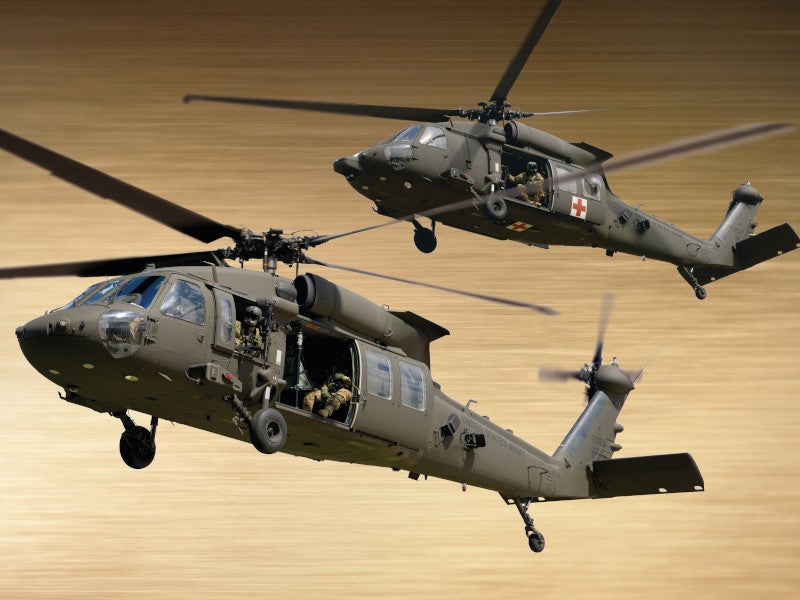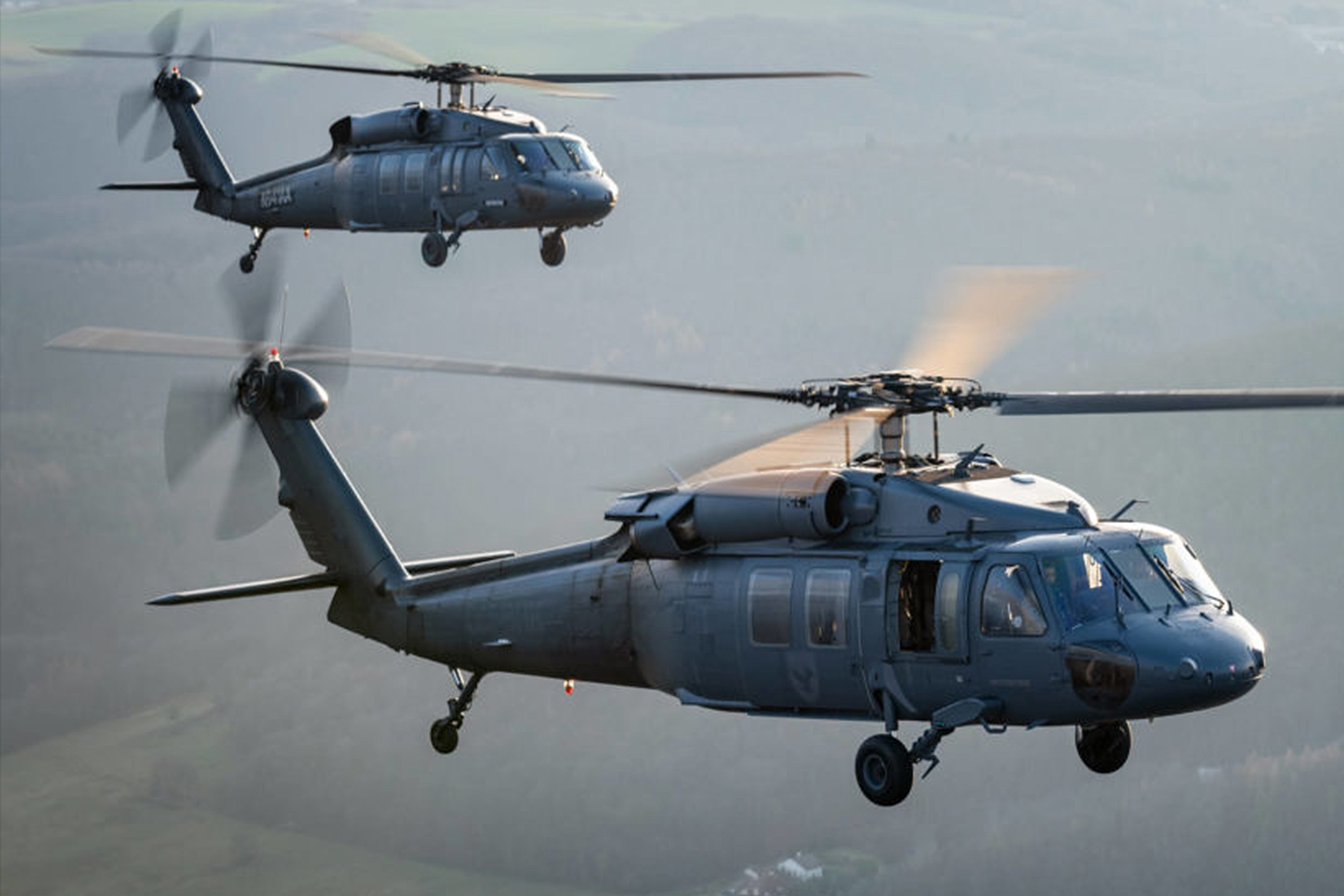UH 60 Black Hawk Helicopter Versions and Their Usages
UH 60 Black Hawk Helicopter Versions and Their Usages
Blog Article
A Comprehensive Overview to the Maintenance and Care of Airplane for Longevity
The longevity of an aircraft pivots significantly on its upkeep and treatment, requiring a structured method to make certain optimal efficiency and safety and security. Normal examinations, coupled with a methodical upkeep program, serve as vital parts in identifying prospective concerns prior to they escalate. The problem of the aircraft's interior and adherence to regulatory criteria play crucial functions in preserving its worth. Understanding the complexities of these methods can be complicated; for that reason, it is crucial to check out the vital components that contribute to reliable aircraft care and the ramifications of disregarding these duties.
Relevance of Regular Upkeep
Routine maintenance is vital for the safety and security, effectiveness, and long life of airplane. An organized method to upkeep ensures that all components work ideally, thus minimizing the danger of mechanical failing during procedure. Normal assessments and servicing permit service technicians to recognize possible problems prior to they rise into substantial issues, making certain that the airplane remains in compliance with air travel laws.
In addition, preserving an aircraft according to the supplier's standards is crucial for protecting its value. A well-documented upkeep history can boost resale potential customers and impart self-confidence in possible customers. In addition, regular maintenance adds to operational effectiveness, as it assists to enhance gas consumption and efficiency metrics, causing set you back financial savings gradually.
In addition, regular upkeep adds to the general safety and security of trip procedures (uh 60). By dealing with wear and tear promptly, drivers can reduce risks connected with aging airplane systems. This aggressive technique not just shields the lives of passengers and staff but likewise safeguards the airplane itself against devastating failings

Daily Evaluation List
Exactly how can pilots and maintenance staffs guarantee the aircraft is in optimal problem before each flight? The solution depends on a thorough everyday evaluation list, which serves as a vital method to identify prospective problems that might compromise safety and security and performance. This list ought to encompass numerous essential locations, consisting of outside and indoor examinations, as well as useful checks of essential systems.
Starting with the outside, teams need to analyze the airframe for any kind of visible damage, leaks, or indications of corrosion. Interest needs to be paid to manage surface areas, landing gear, and the problem of tires. Transferring to the interior, the staff ought to validate that all instruments and controls are functional, making sure that electronic systems are working appropriately.

In enhancement to architectural checks, it is vital to examine gas degrees and verify that all needed records, including registration and weight and balance details, are up to day. A review of emergency devices, including life vests and fire extinguishers, need to be performed to make certain compliance with safety and security regulations. By vigilantly following this everyday assessment list, pilots and upkeep crews can dramatically boost the safety and security and reliability of their aircraft.
Arranged Upkeep Programs
Set up maintenance programs are important for the long-lasting security and efficiency of aircraft operations. These programs are developed to make certain that all aircraft parts go through normal examinations, upkeep, and needed repairs at established intervals. By adhering to an organized maintenance timetable, drivers can substantially reduce the danger of in-flight failings, enhance airplane dependability, and extend the life-span of vital components.
Usually, arranged maintenance is classified into numerous degrees, including A, B, C, and D checks, each with unique needs and thoroughness. A checks are usually more constant and concentrate on standard aesthetic examinations and minor repair services, while D checks are extra detailed and take place less frequently, including considerable disassembly and overhaul of the aircraft.
Regulative bodies, such as the FAA and EASA, mandate compliance with particular maintenance routines based on aircraft kind and use. Operators has to keep meticulous records of all maintenance carried out to show conformity and facilitate inspections. The assimilation of anticipating upkeep innovations can additionally enhance the efficiency of scheduled programs by determining prospective problems before they escalate, thereby making sure that airplane stay in optimal condition and ready for secure operations.
Take Care Of Aircraft Interiors
Taking care of airplane insides is crucial not just for traveler comfort yet additionally for preserving the overall value and safety of the aircraft. Regular cleaning and maintenance of the interior parts contribute significantly to a positive flying Learn More experience while preserving the aircraft's visual allure.
To guarantee ideal treatment, it is important to develop a regular cleaning routine that consists of vacuuming rugs, cleaning down surface areas, and sanitizing high-touch areas. Upholstery and seats must be evaluated for damage, with any kind of damage promptly resolved to avoid additional degeneration. Furthermore, attention has to be provided to the galley and lavatory locations, which require extensive cleansing and restocking of materials to preserve hygiene.
In addition, making use of suitable cleaner is important; harsh chemicals can damage products and surfaces, so it is suggested to make use of items specifically created for aircraft interiors. Regular examinations need to additionally be performed to determine any upkeep requires, such as replacing worn-out seat covers or repairing window tones. By prioritizing the treatment of airplane interiors, operators can enhance the total traveler experience and safeguard the investment in their aircraft.
Understanding Regulative Compliance
Governing compliance is a vital element of airplane upkeep, typically requiring drivers to stick to a complex structure of local, national, and international standards. This structure is largely developed by aviation regulative bodies such as the recommended you read Federal Aeronautics Management recommended you read (FAA) in the United States and the European Union Aeronautics Safety Company (EASA) in Europe - uh 60. These companies establish forth regulations that control various elements of aircraft maintenance, including airworthiness, safety and security procedures, and functional treatments

In addition, operators must stay informed regarding adjustments in laws and get involved in training programs to ensure that their team is educated concerning conformity requirements. Failing to abide by these policies can result in severe charges, consisting of penalties, grounding of aircraft, or loss of qualification. As a result, understanding and adhering to regulatory conformity is paramount for the longevity and safety of airplane procedures.
Conclusion
Finally, the upkeep and care of aircraft are extremely important for making sure durability, safety and security, and functional effectiveness (uh 60). Routine assessments, adherence to everyday checklists, and systematic upkeep programs help with the early recognition of prospective concerns. Additionally, focus to the aircraft's inside and conformity with regulative standards dramatically add to protecting its value. By carrying out these techniques, operators can enhance the overall experience for guests while safeguarding the investment in aeronautics assets.
The durability of an airplane pivots substantially on its upkeep and treatment, necessitating a structured method to make sure optimum efficiency and safety. By vigilantly following this everyday inspection checklist, pilots and maintenance crews can considerably improve the security and dependability of their airplane.
These programs are developed to guarantee that all aircraft components undergo normal assessments, maintenance, and necessary repair work at fixed periods. By focusing on the care of aircraft interiors, operators can enhance the overall passenger experience and shield the financial investment in their airplane.
In final thought, the maintenance and treatment of aircraft are critical for guaranteeing longevity, safety and security, and functional efficiency.
Report this page